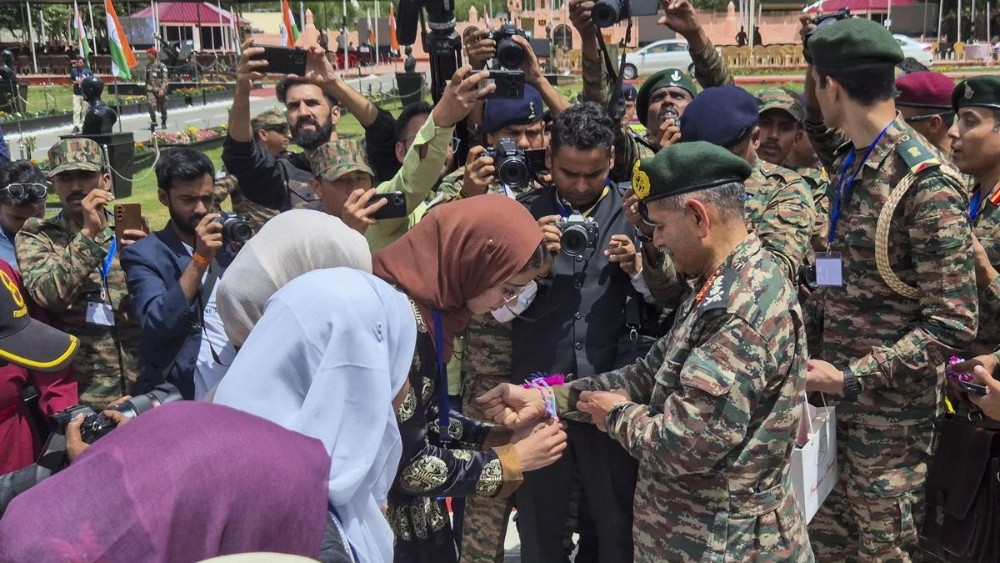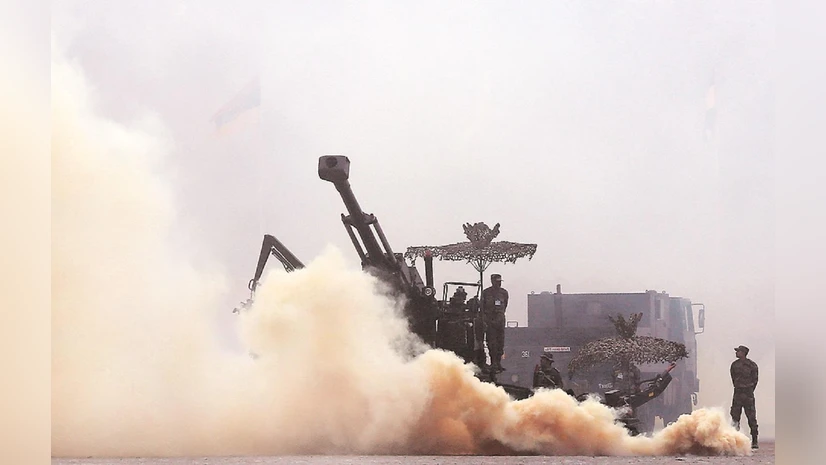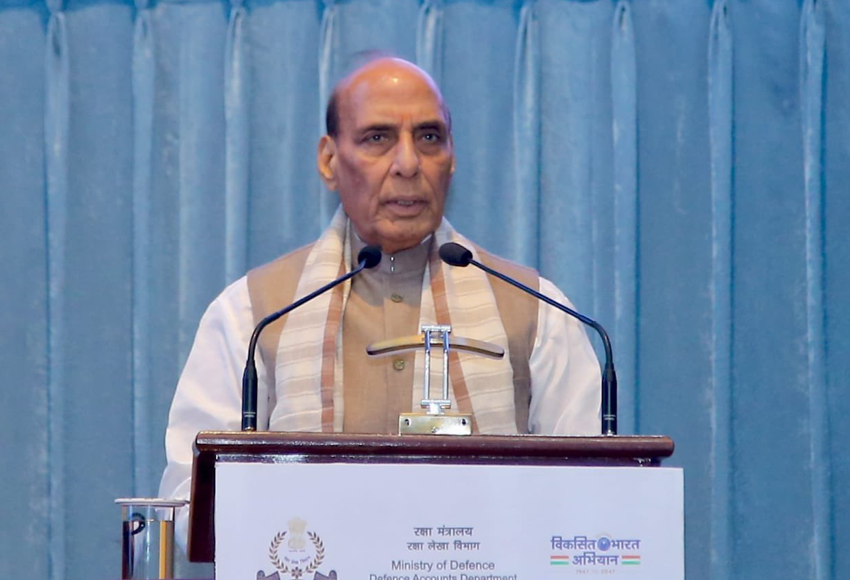





Disclaimer: Copyright infringement not intended.
Bangladesh’s International Crimes Tribunal issued an arrest warrant against former Prime Minister Sheikh Hasina for her alleged involvement in “crimes against humanity”.
It is the handing over of an alleged offender (or convicted criminal who has escaped before completing his prison term) by one state to another. The term extradition denotes the process whereby one state surrenders to another state at the request a person accused or convicted of a criminal offence committed against the laws of the requesting state, such requesting state being competent to try the alleged offender.
According to Oppenheim, Extradition is the delivery of an accused or convicted individual to the state on whose territory the alleged criminal happens to be or the time being.
The International Crimes Tribunal (Bangladesh) is a domestic war crimes tribunal in Bangladesh set up in 2009 to investigate and prosecute suspects for the genocide committed in 1971 by the Pakistan Army and their local collaborators Razakars, Al-Badr and Al-Shams during the Bangladesh Liberation War.
|
The Geneva Conventions and their Additional Protocols (1949) |
It recognised the state’s cooperation in extradition. Thereafter, most countries have signed several multilateral and bilateral treaties on extradition. E.g. United States of America has signed extradition treaties with over 100 countries. |
|
The United Nations Model Treaty on Extradition (1990) |
It firmly emphasised international cooperation in extradition-related matters. It has 18 Articles, dealing with the grounds for refusal of extradition requests, Rule of Speciality, etc. However, it prioritises the discretion of the territorial State. |
|
The United Nations Model Law on Extradition (2004) |
It is inspired by the UN Model Treaty and aims to enhance international cooperation in extraditions. It also aims to act as a supplementary statute in cases of countries where extradition treaties are absent. Sections 5 and 6 of the Model Law explicitly provide that extradition shall not be granted if, in the view of the territorial State, the extradition is requested for torturing or punishing the fugitive based on his caste, ethnic origin, race, etc. |
|
The Extradition Act (1962) |
The Act provides for the extradition of fugitive criminals both from and to India. The extradition may take place in accordance with any extradition treaty with the requesting or territorial state. However, the Act also provides that, in absence of any such treaty, any Convention to which India and such requesting or territorial state are parties can be treated as the extradition treaty for that matter. The Act imposes no explicit restriction on the extradition of Indian nationals to the requesting State; however, the bar on extradition varies from treaty to treaty. |
NOTE- Currently, India has extradition treaties in force with the following 48 countries
The process for the extradition of a fugitive criminal from India begins when the requesting state sends a request along with relevant evidence through diplomatic channels to the Consular, Passport and Visa (CPV) Division of the Ministry of External Affairs (MEA), Government of India (GOI). Upon receiving it, the GOI requires the Magistrate of Extradition (usually a Magistrate of First Class) to issue an arrest warrant.
The Magistrate issues the arrest warrant on the conclusion of the following aspects, based on the evidence put forth before him:
Upon the arrest, the fugitive criminal undergoes judicial inquiry, the report of which is submitted to the GOI. If satisfied by the report, the GOI may issue a warrant for the custody and removal of the fugitive criminal. He is then delivered to the requesting State at the place specified in the warrant.
The process for the extradition of a fugitive criminal to India from the territorial state begins when the juridically competent Magistrate in India sends a request to the CPV Division of MEA, GOI, upon the prima facie establishment of a case against the fugitive criminal. The Magistrate sends the request along with relevant evidence and an open-dated arrest warrant.
The request is then formally sent to the territorial state through diplomatic channels, from where it is forwarded to an Inquiry Magistrate. Such a Magistrate will ascertain:
Upon such determination, the Inquiry Magistrate in the territorial state issues a warrant to arrest the fugitive criminal. His arrest is intimated to the CPV/ Indian Embassy. Finally, concerned Indian law enforcement personnel travel to the territorial state to escort the fugitive criminal back to India.
|
Savarkar’s case |
In 1910, Vinayak Damodar Savarkar was being brought to India from Britain via a vessel named Morea, for his trial on a charge of treason and murder (Emperor v. Vinayak Damodar Savarkar (1910)). |
|
Vijay Mallaya’s case |
The case of Mr. Vijay Mallaya, the business tycoon and owner of Kingfisher Airlines and United Breweries Holdings Ltd., is arguably the most well-known extradition case in India (Dr Vijay Mallya v. State Bank Of India (2018)). |
|
Nirav Modi’s case |
In 2018, the Punjab National Bank (PNB) filed a complaint before the Central Bureau of Investigation (CBI), alleging Nirav, along with his wife fraudulently obtaining fake Letters of Understanding (LoU) worth ₹11,400 crores. |
|
Re Castioni’s case |
In this case of 1891, a murderer escaped from Switzerland to England. The government of England rejected the extradition request of Switzerland. |
|
Re Meunier’s case |
In this case of 1894, a fugitive criminal escaped from Paris to England after blasting a bomb in a public place in Paris. |
Extradition is an essential tool not only to render justice but also to test diplomatic ties. However, the absence of extradition treaties with many countries becomes the loophole that fugitive criminals exploit. There is a need to bring about a comprehensive international law relating to extradition.
READ IN DETAIL HERE-
Source:
|
PRACTICE QUESTION Q.Extradition as an instrument of international cooperation has both legal and diplomatic dimensions. Discuss the principles governing extradition and the need for reform in India's extradition laws. Provide examples to support your arguments. (250 words) |











© 2025 iasgyan. All right reserved